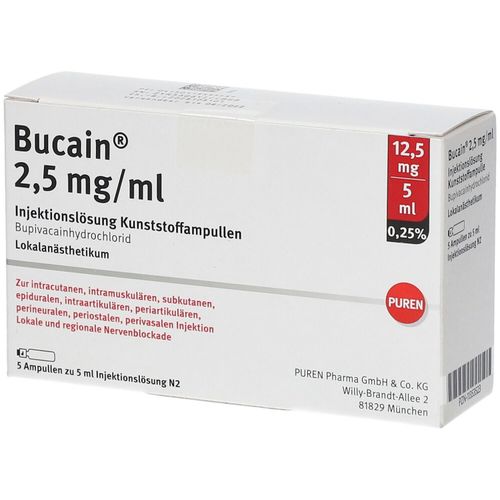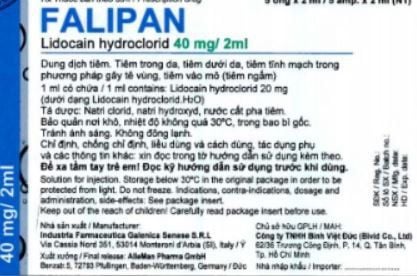This is an automatically translated article.
The article is professionally consulted by Specialist Doctor II Pham Thieu Trung - Department of General Surgery - Vinmec Phu Quoc International General Hospital.
Sacral cavity anesthesia is a technique of local anesthesia in the epidural space at the sacral vertebrae. The procedure for performing sacral anesthesia is not too complicated and is quite safe, and can be performed in both infants and children.
1. What is sacral anesthesia?
Sacral cavity anesthesia is a technique belonging to the epidural group. In sacral anesthesia, the site of needle puncture is the sacral sac of the epidural space, usually corresponding to the second sacral segment. In humans, the sacrum is a triangular flat bone formed by the fusion of the five sacrums. The base is the line connecting the two posterior superior iliac spines, the top is the truncated hole, and the two sides correspond to the two joints of the same pelvis. The distance from the sacral foramen to the sacral epidural space of the spinal cord is a maximum of about 5 cm in adults and about 2 cm in children. Knowing the anatomical features will help the puncture to be conducted more accurately.
Anesthesia of the sacral cavity is a fairly simple, safe and commonly performed procedure in clinical practice. It is also the anesthetic technique of choice in children, which can be combined with general anesthesia.

Vị trí xương cùng
2. Procedure for performing sacral anesthesia
Procedures for performing sacral anesthesia include the following steps:
Step 1: Prepare instruments and drugs
Instruments used in sacral anesthesia are gauze, stoma, needles, syringes, and needles. thread, antiseptic solution, sterile gloves. Anesthesia of the sacral cavity is an invasive procedure, so the instruments used during the procedure must be sterile to avoid infectious complications.
Drugs used in sacral anesthesia are prepared in the same way as in general epidural anesthesia, including anesthetics and emergency drugs to prevent possible complications. Typically, an adult weighing 70 kilograms undergoing sacral anesthesia requires about 20 to 30 milliliters of lidocaine.
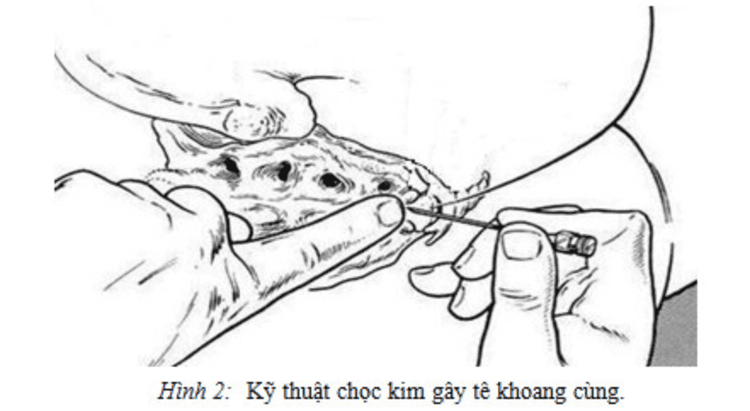
Step 2: Prepare the patient
The patient needs to be checked for basic information such as full name, age, gender and general health assessment before performing such as cardiopulmonary examination, neurological examination, liver and kidney function, general coagulation function. The doctor should advise and explain to the patient as well as the patient's relatives the steps to be taken, the purpose and possible complications of the sacral anesthesia technique.
Step 3: Conduct anesthesia of the sacral cavity
After preparing the instruments, drugs and preparing the patient, the doctor will ask the patient to lie on their side, arch their back, and bend their legs into the abdomen. This is a favorable position for determining the sacroiliac joint to insert the needle and create comfort for the patient. The two posterior superior iliac spines should be identified as landmarks, the cleft cleft together with the line connecting the two posterior superior iliac spines to form an equilateral triangle. The puncture site should be marked. The needle inserted into the sacrum should be inserted perpendicular to the surface of the skin, then tilted the needle tip at an angle of about 30 degrees from the skin surface towards the patient's head, inserting the needle a distance of about 40mm in adults and about 20mm in children. em. If you don't see blood or cerebrospinal fluid coming out of the syringe, then inject a few milliliters of sterile distilled air or water to check. If the tip of the needle is still under the skin, a subcutaneous bulge will be observed. In case the needle tip penetrates too deeply into the front of the sacrum, the patient will be very painful. If the needle is in the correct position in the sacrum of the epidural space, the injection of air or distilled water will be very gentle and the patient will have strange sensations in the lower extremities. Next, using lidocaine solution mixed with adrenaline pumped into the epidural space, if the needle tip hits a blood vessel, symptoms of palpitations will appear immediately, then we say the test dose is positive, need to withdraw the needle, stop perform the technique and prepare the patient's emergency in a timely manner. If not, your doctor can slowly pump up the remaining amount of medication to block out the nerves.
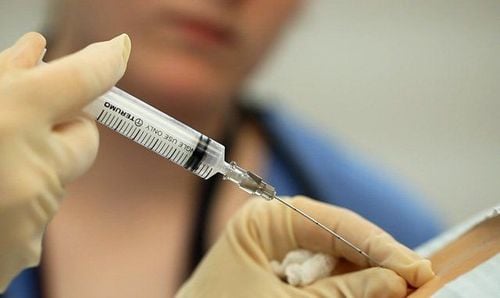
Tiến hành gây tê khoang xương cùng
3. Indications and contraindications for performance
3.1 Indications for Sacral Cavity Anesthesia Sacral Cavity is the regional anesthetic technique of choice in minor, simple surgeries in the pelvic and perineal regions. In situations requiring urgent surgery such as strangulated inguinal hernia, strangulated femoral hernia, testicular torsion, deep wounds of the lower extremities or the pelvis, sacral anesthesia is also a suitable choice to induce surgery. Anesthesia for surgical intervention.
Sacral cavity anesthesia also has an analgesic effect during surgery and after surgery in the lower abdomen and lower extremities. Sacral cavity anesthesia is quite safe, so it is often indicated for infants, young children and children at high risk for surgery.
Some surgical interventions are recommended using sacral anesthesia for local anesthesia such as cystoscopy, dilation of the ureteral opening, inguinal hernia, foreskin stenosis, undescended testis, anorectal examination, arthroscopy.
3.2 Contraindications of sacral anesthesia Patients with the following characteristics should not be indicated for sacral anesthesia, including:
There is acute inflammation at the puncture site Abnormalities Sacral malformations Myelalgia Hernia history of anesthetic allergy Uncorrected hemostatic dysfunction There is increased intracranial pressure Uncorrected hypovolemia.
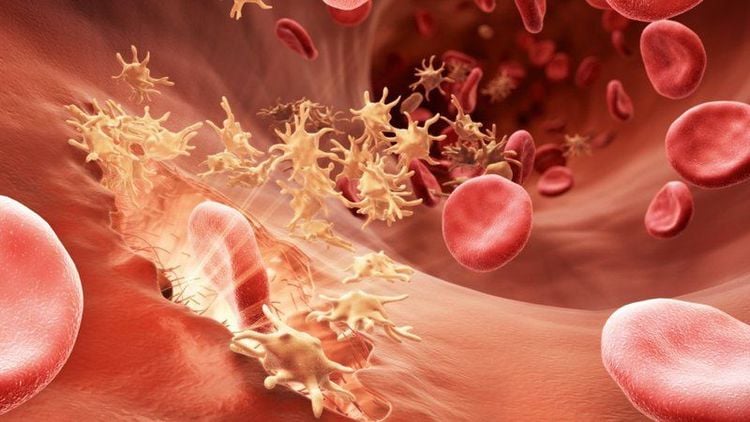
Người bệnh rối loạn chức năng đông cầm máu không nên gây tê
4. Complications of sacral anesthesia
Sacral cavity anesthesia is an invasive procedure, there are many complications that can occur during and after the procedure including:
Needle puncture in the wrong place, such as subcutaneous puncture, puncture of blood vessels, even can be inserted into the rectum. Epidural hematoma Epidural abscess Injection into the venous system of the sacral cavity, causing air embolism, increasing the risk of drug shock. Anesthesia is used in excess of the necessary dose, resulting in an excessively large area of anesthesia Low blood pressure Infection at the puncture site Infection of the nervous system after puncture such as meningitis Nausea, vomiting Extra-cavity technique sacrum is applied at Vinmec International General Hospital, at Vinmec there is a team of experienced and professional anesthesiologists who will help pregnant women experience the safest painless delivery.
To find out more, you can contact Vinmec Health System nationwide, or register online HERE
SEE MORE
Painless delivery in Vinmec - Gentle labor, healthy baby Goodbye Painless pain after caesarean section thanks to special anesthetic technique Painless delivery (epidural anesthesia) included in Vinmec maternity packages




